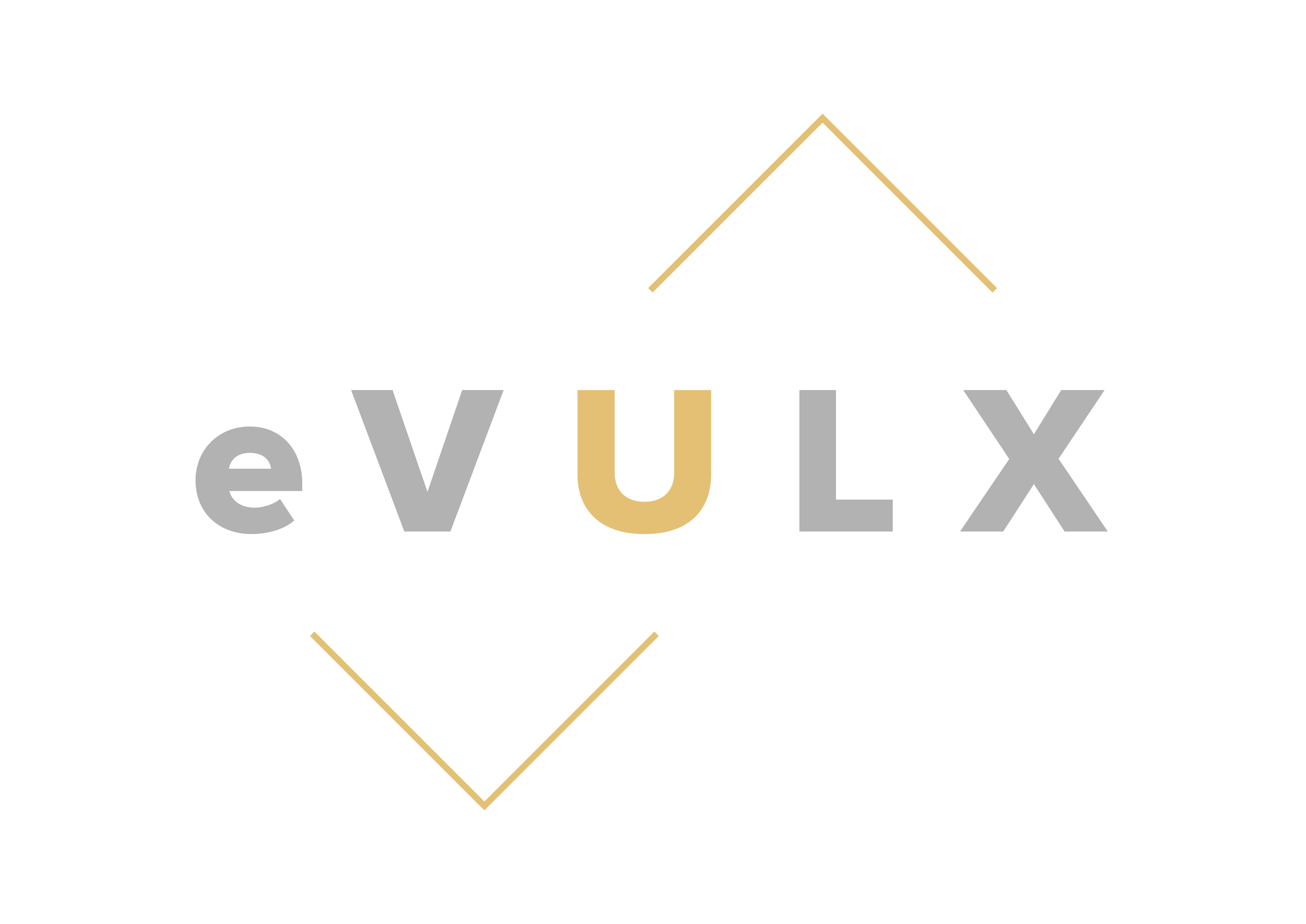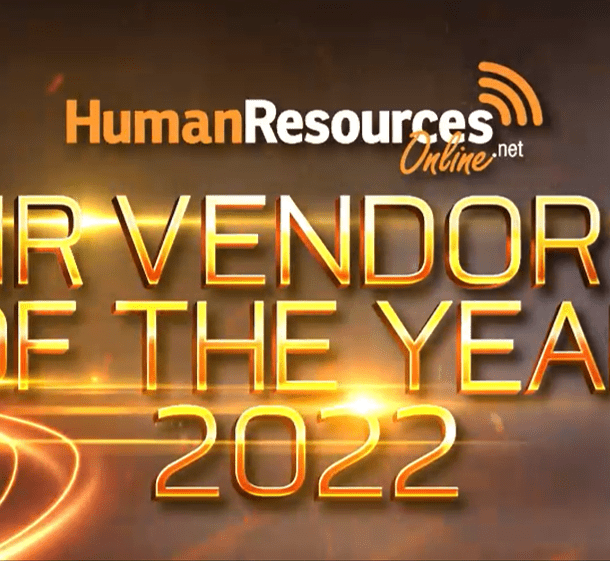
There’s no denying the fact that technology has changed the landscape of life in general. In fact, the impact of technology is, without a doubt, undeniable. These changes have come about in several ways, including advances in medical technology. “Considering the potential health benefits, it is unsurprising that digital therapeutics and apps, which often leverage gamification, are gaining attention among pharma companies, payers, and employers alike.” – Pharmaphorum
Be it technological advancement of gamified culture in the corporate sector, as they portray how humans are aided by technology, be it with incentive motivation factor or be it medical innovations in the healthcare industry. When it comes to diagnostics, surgery, therapy and other advanced procedures, technology can be used to improve patient outcomes and make them safe for doctors.

Here are 9 examples of technology in healthcare and how it’s becoming a significant part of it.
1. Increase Patient Awareness
As technology increases and becomes more sophisticated, medical professionals can keep their patients better informed and involved in their treatment. When patients are aware of the importance of their medication, they are more likely to take it as prescribed. In addition, knowing that a test will be done before surgery helps to ease anxiety.
As gaming technologies are increasingly applied to healthcare, there are many opportunities for their use within medical practice settings. One of the most promising areas for gamification is patient care.
Through gamification, healthcare experiences can be improved, especially when aspects of patient care are involved. Gamification can facilitate consistent, patient-centred communication, establish a safer patient environment, and reduce documentation time.
A patient aware of a disease and its implications can make healthy choices regarding diet and exercise habits before they become ill. This knowledge also helps the doctor when making treatment decisions because they can take into account any extra precautions needed.
2. Improved Quality and Safety
The improved quality and safety of healthcare have been a primary benefit of medical technology. The use of advanced imaging modalities for diagnosis, for example, has resulted in more accurate diagnoses as well as earlier detection of diseases and illnesses. In addition, using new treatments has helped improve patient outcomes. Introducing new pharmaceuticals has led to better treatment options for many diseases and conditions.
Improved patient safety is another significant benefit of advances in medical technology. Advances in infection control practices and equipment have reduced hospital-acquired infections (HAIs).
Patients are also increasingly satisfied with their care at hospitals. And healthcare facilities continue investing heavily in technology that improves staff efficiency and patient experience. From electronic health records (EHRs) to virtual reality rehabilitation programs like Second Wind Dreams’ SnowWorld VR program Care being used by patients with the physical and mental challenges faced by those living with dementia.
3. Decreased the Costs Associated with Providing Healthcare
Medical technology has enabled dramatic improvements in healthcare quality, efficiency and outcomes while reducing costs.
Medical technology has allowed for more efficient use of resources:
- By enabling smarter clinical decision making through better data collection and analysis, medical technology can improve treatment plans for patients with chronic diseases such as diabetes. This helps providers spend less on unnecessary tests or treatments that would otherwise go unused because they were prescribed needlessly in error.
- The widespread adoption of electronic health records (EHRs) has reduced administrative costs related to record keeping by allowing providers access to a patient’s complete medical history from multiple sources within or outside their practice group—this makes it easier for clinicians to coordinate care across providers without having multiple discussions about basic information like allergies or medications being taken at home.
4. Increased the Average Lifespan of Patients.
In addition to increasing life expectancy, medical technology has allowed people to live healthier. For example, with the advent of chemotherapy and radiation therapy, many more cancer patients are receiving treatment and thus living longer.
Preventative measures against heart disease, such as diet and exercise, can now be used before symptoms appear. Medical technology has also helped improve the quality of life for terminally ill patients by allowing them to spend their last days in comfort at home instead of being confined in hospitals or hospices (where sick, terminally ill people go).
5. Optimised Administrative Practices
Your administrative processes can be optimised. A recent study found that 13% of the surveyed organisations say that they are implementing intelligent automation solutions at scale; 23% are implementing, and 37% are piloting automation. This will allow you to streamline your operations and save time so that more resources can go towards patient care.
Additionally, digitising paper-based documents makes it easier for medical providers to access information in real-time and share it with other healthcare professionals who may need it. For example, suppose a patient comes in with chest pain but doesn’t have their medical history on them (or right at hand). In that case, doctors can access this critical information easily.
6. Cost-effectiveness
Just as it is essential to consider the cost of medical technology before implementing it, it is also necessary to understand the cost savings associated with using that same technology. Often, once a new technology has been implemented, it can lead to an increase in revenue due to increased patient volume and return on investment.
In some cases, however, there may be an initial reduction in income due to higher operating costs; this is often made up for by the reduced need for manual labor (and thus lower employee expenses) and other indirect benefits of technology in healthcare.
7. Improved Diagnostic Accuracy
The importance of technology in healthcare is that it improves diagnostic accuracy. For example, magnetic resonance imaging (MRI) has been shown to be more accurate than conventional radiology in diagnosing some types of cancer and other diseases. In addition to improving diagnostic accuracy, many technologies also reduce the cost and time associated with the diagnosis.
The cost savings are particularly relevant when it comes to expensive tests such as MRI or CT scans because they can be used multiple times by different patients without requiring replacement like traditional x-ray equipment would need.
Technology has also allowed us to collect previously unavailable data through clinical observation alone—such as genomic sequencing and gene expression profiling—and this data can then be used for diagnostic purposes. Technology advancements are leading to unparalleled opportunities and new ways of doing things.
Medical technology is no exception to this rule and has seen some incredible breakthroughs and innovations in the recent past. So read more on the impact of medical technology and its remarkable breakthroughs for Patient Care, Medical Education, and Virtual Engagement.
8. Reduced the Need for Physically Present to Offer Care
The virtual world offers another opportunity for gamification as it provides a platform for people from all over the world to connect regardless of location or physical ability. This could lead to increased collaboration between organisations that may have been difficult due to distance or lack of infrastructure necessary for such interactions.
Medical technology has reduced the need for medical providers to be physically present to offer care. Telemedicine, which uses information and communications technology (ICT) for health-related purposes, is a crucial example of this shift. For instance, telemedicine allows patients with chronic diseases such as diabetes or heart disease to monitor their symptoms from home rather than being seen in person by a doctor.

It has also allowed medical providers to offer care from anywhere in the world—a critical way for them to continue providing care when disaster happens, or there are gaps in healthcare coverage due to natural disasters or war.
9. Gamification in Medical Learning
As gamification is applying game mechanics to non-game contexts, what does gamification mean for medical learning?
Medical training is often conducted via rote memorization and repetition—a process that can be boring and ineffective. Gamification can help make learning more engaging by offering students opportunities to practice skills in a fun way, increasing their retention and recall rates. For example, students can learn how to treat an emergency situation by playing an online game where they have to make quick decisions based on their knowledge of the situation.
This also gives teachers better insight into which methods work best for their students. This allows them to create targeted lessons that will help each student reach their full potential in a safe environment where they feel comfortable asking questions or admitting when they don’t understand something (which happens often).
Technology has Led to Improved Diagnostics
Medical technology has led to improved diagnostics, cost-effectiveness, patient awareness, and patient safety in healthcare. It has been used to make the diagnostic process faster, more accurate and less expensive while improving patient experience at the same time.
Medical technologies like computed tomography (CT) scans and magnetic resonance imaging (MRI) scans have made it possible for doctors to diagnose many diseases earlier than ever before. They also provide a clearer picture of your problem so that treatment can be planned accordingly.
Conclusion
The Impact of technology on healthcare is undeniable, advancement is leading to breakthroughs in medicine and technology. It has revolutionised how doctors diagnose and treat patients, leading to better quality care and fewer medical error cases.
Medical technology also reduces costs by increasing efficiency in administrative practices as well as diagnostic accuracy. The future scope for research in this field is enormous: there are still many unanswered questions about how new technologies can improve healthcare even further!
Visit eVULX for more information on gamified business solutions for your industry!
9.08 & 9.09, Block E Phileo Damansara 1,
9, Jalan 16/11, 46350 Petaling Jaya, Selangor
Telephone: +60122254456
Email: [email protected]
(202001021557) (1377877-X)
All Rights Reserved

